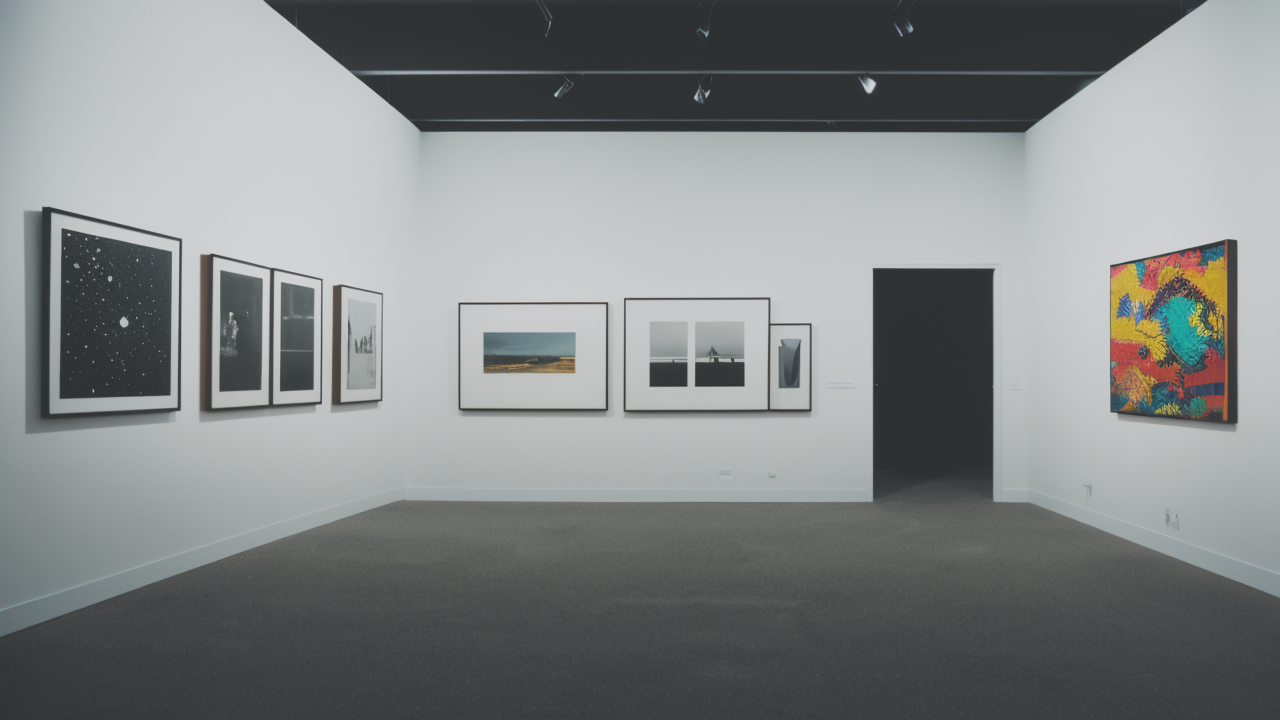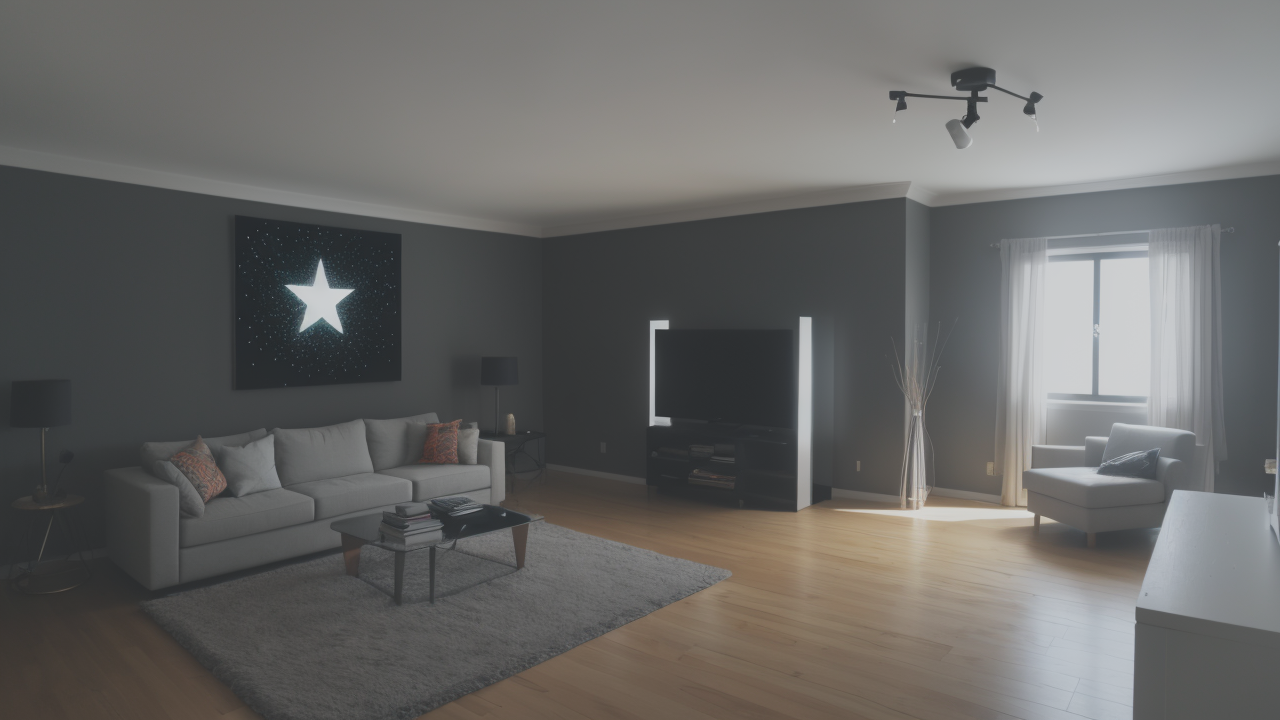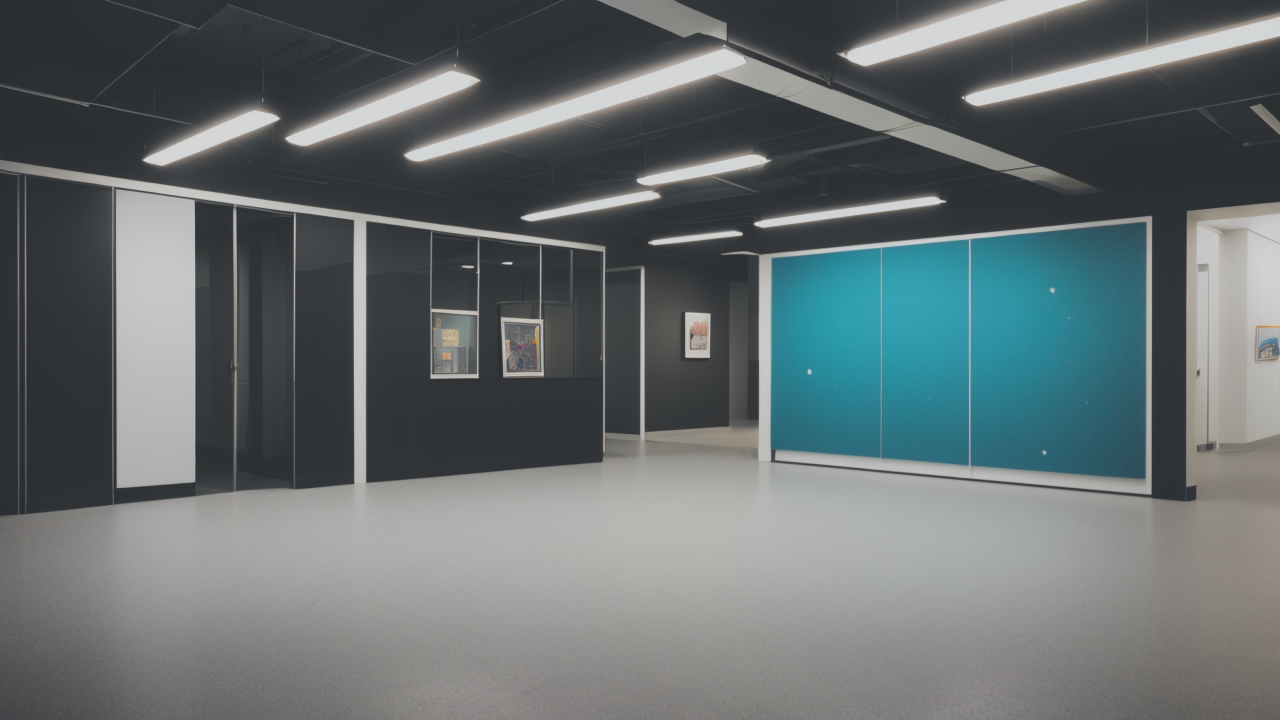
Simplicity in Strokes: Mastering Minimalist Drawings for Wall Art
Understanding the Minimalist Movement in the United States
The History of Minimalism in Art
Minimalism in art began in the 1960s in the United States. It was a reaction to the complex art styles of the time. Artists wanted to create simple, pure art. They focused on basic shapes and colors. Key figures in this movement were Donald Judd and Frank Stella. Their work often used geometric forms and solid colors. They avoided deep meanings or complex details. The goal was to make art that was straightforward and clear. This style quickly spread to other areas. It influenced architecture, furniture design, and even fashion. The idea was that less could be more. This concept still shapes how we think about art and design today.

The Impact of Minimalism on Contemporary Wall Art
Minimalism has greatly shaped modern wall art. Today, many artists create pieces with clean lines and simple forms. These works often have a calm, orderly feel. Popular minimalist wall art includes abstract prints and simple drawings. Some artists use just one or two colors in their work. Others play with shapes and empty space. Digital art has also embraced minimalism. Many designers create bold, simple graphics for wall decor. Minimalist wall clocks have become a popular choice. They often have plain faces and thin hands. The key is to make a statement without using too many elements. This style can have a big impact in any room. It can make spaces feel larger and more peaceful.
The Psychology Behind Minimalist Aesthetics
Minimalist design can strongly affect our minds. It often creates a sense of calm and order. This can help reduce stress and improve focus. Many people find minimalist spaces soothing. They feel less cluttered and more peaceful. In art, simple designs can be easier for our brains to process. This can create a restful feeling when we look at them. Some studies show that minimalist environments can boost productivity. They may also help with mental clarity. The clean lines and simple forms can be relaxing to view. This is why many people choose minimalist art for their homes and offices. It can help create a more peaceful atmosphere. The simplicity can allow for better concentration and relaxation.
Selecting the Perfect Minimalist Art for Your Walls
Factors to Consider When Choosing Minimalist Pieces
When picking minimalist wall art, think about these points:

- Size: Make sure the art fits well in your space.
- Color: Choose colors that match or complement your room.
- Style: Decide if you want geometric, abstract, or simple representational art.
- Material: Consider prints, paintings, or even 3D pieces.
- Mood: Think about the feeling you want to create in the room.
Remember, minimalist art should enhance your space without cluttering it. Look for pieces that make a statement while staying simple. Consider the balance of your room. A large piece can work well in a plain space. Smaller works might be better for a busier room. Think about what the art means to you. Even simple pieces can have personal significance. Choose art that you enjoy looking at every day. The right piece can transform a space.
How to Balance Minimalism with Personality
Creating a minimalist space doesn't mean it has to be boring. Here are some tips:
- Choose art that reflects your interests or values.
- Mix minimalist pieces with a few personal items.
- Use color to add warmth or energy to a room.
- Add texture to create depth without clutter.
- Consider custom or handmade pieces for a unique touch.
The key is to be selective. Pick items that really matter to you. This way, your space will feel both clean and personal. Don't be afraid to experiment. You can still express yourself within a minimalist framework. Try different arrangements until you find what works. Remember, minimalism is about quality over quantity. Choose fewer, but more meaningful pieces. This approach can create a space that feels both stylish and true to you. It's about finding balance.
Incorporating Technology and Innovation in Wall Art
Technology has opened up new possibilities for minimalist wall art. Digital frames can display changing art. LED installations can create light sculptures. Some artists use augmented reality to enhance their work. These innovations allow for more interactive art experiences. They can add a modern touch to any minimalist space. Consider pieces that change subtly over time. This can add interest without being too busy. Smart art frames let you change your display whenever you want. This is great for people who like variety. Some minimalist clocks now have hidden tech features. They can show notifications or change with the weather. These high-tech options blend well with minimalist design.
Implementing Minimalist Art in Various Spaces
Minimalist Art in the Home: Tips and Best Practices
Adding minimalist art to your home can create a calm, stylish look. Here are some tips:

- Choose one main piece for your living room.
- Use a set of small, related pieces in hallways.
- Keep bedroom art simple and relaxing.
- Try functional art, like minimalist clocks or mirrors.
- Use empty space to highlight your chosen pieces.
Think about how the art flows through your home. It should fit well with your living spaces. In the kitchen, simple food-themed prints can work well. For bathrooms, consider water-inspired minimalist pieces. The goal is to create a peaceful feel throughout your home. Remember, less is often more in minimalist design. A few well-chosen pieces can have a big impact. Don't feel you need to fill every wall. Empty space can be just as important as the art itself. It's about creating balance and harmony.
Minimalist Art in the Office: Enhancing Productivity and Creativity
Minimalist art can greatly improve office spaces. It can help focus and inspire creativity. Here's how to use it effectively:
- Pick art that matches company values or goals.
- Use color to influence mood and energy.
- Try motivational quotes or abstract success symbols.
- Consider interactive art to spark new ideas.
- Use art to define areas in open offices.
The right art can make a workspace feel professional and inspiring. It can help reduce stress and increase productivity. In meeting rooms, choose pieces that encourage creative thinking. For break areas, use more calming, meditative art. Remember, the goal is to create a balanced, focused environment. Minimalist drawings or prints can add interest without distraction. A well-placed minimalist wall clock can be both functional and stylish. Choose pieces that complement the office's overall design. This can create a cohesive, professional look.
Curating Minimalist Art for Commercial Spaces: Case Studies and Success Stories
Many businesses have used minimalist art to improve their spaces. Here are some examples:
- A tech company used large geometric murals to energize their office.
- A hotel created a calm feel with subtle, nature-inspired art.
- A restaurant used a single, striking sculpture as a focal point.
- A store improved sales with minimalist displays and signs.
- A hospital reduced patient stress with soothing abstract art.
These cases show how versatile minimalist art can be. It can create a strong brand image and improve customer experience. The key is to match the art to the space's purpose and audience. When done right, minimalist art can transform commercial areas. It can create memorable spaces that impress clients and customers. In retail, simple art can help products stand out. In healthcare, it can create a more healing environment. The right minimalist pieces can make any commercial space more inviting and effective.


